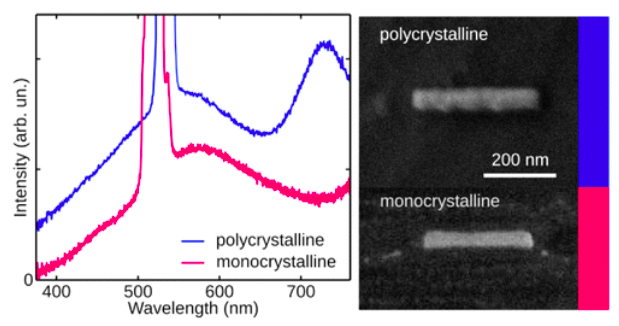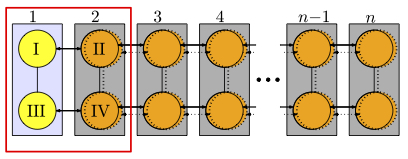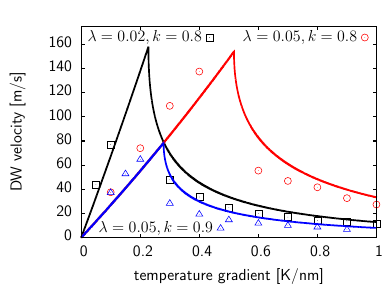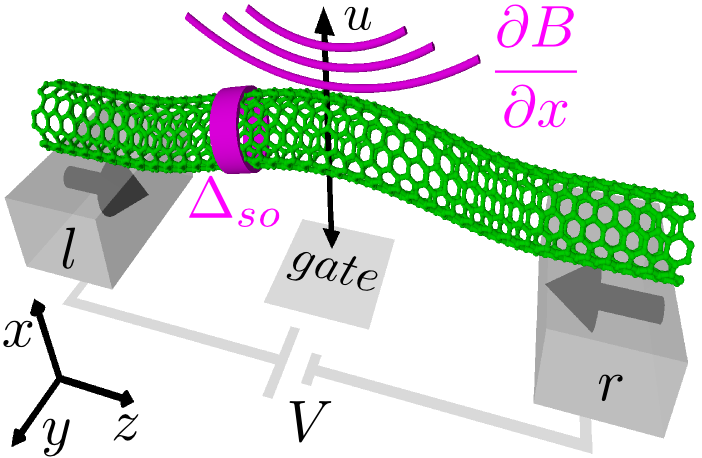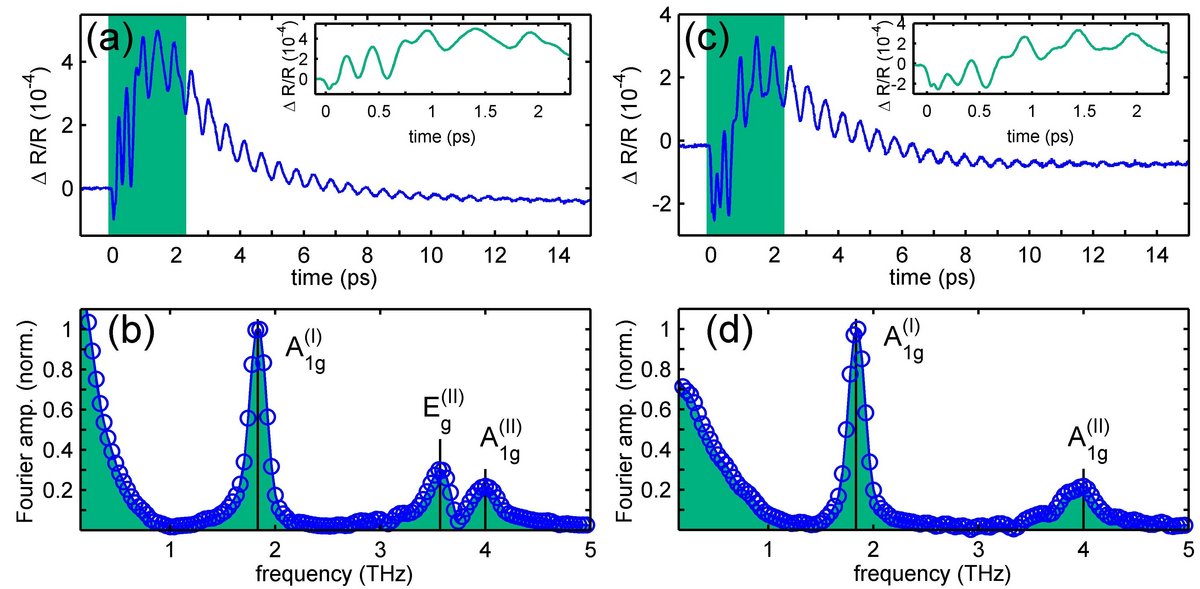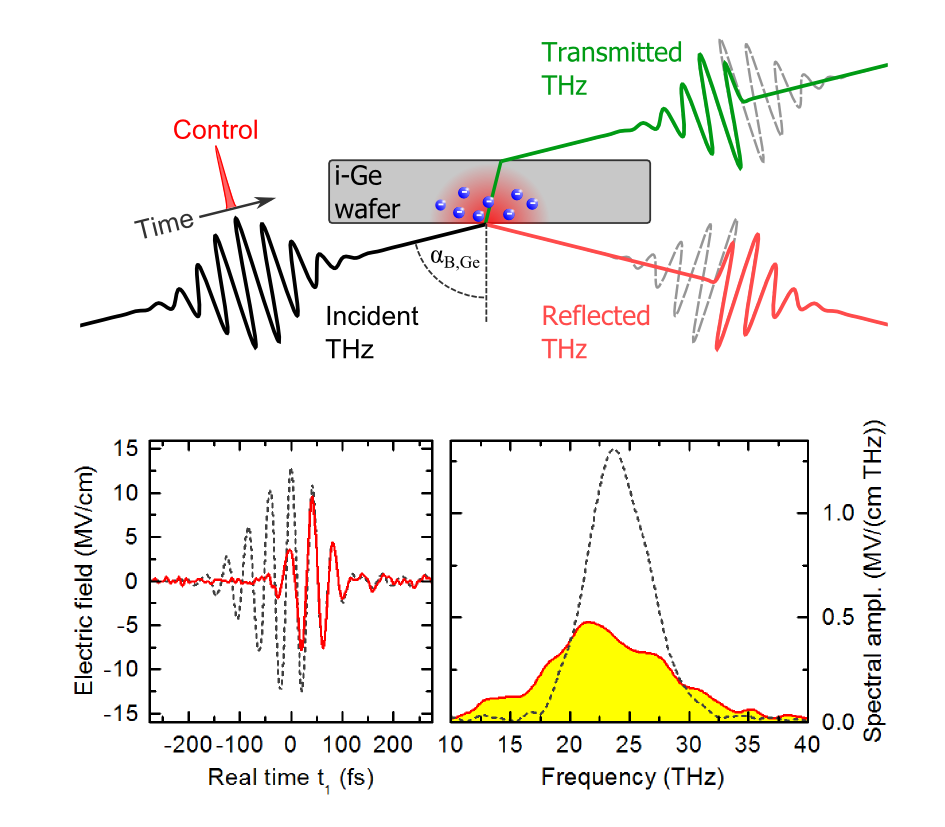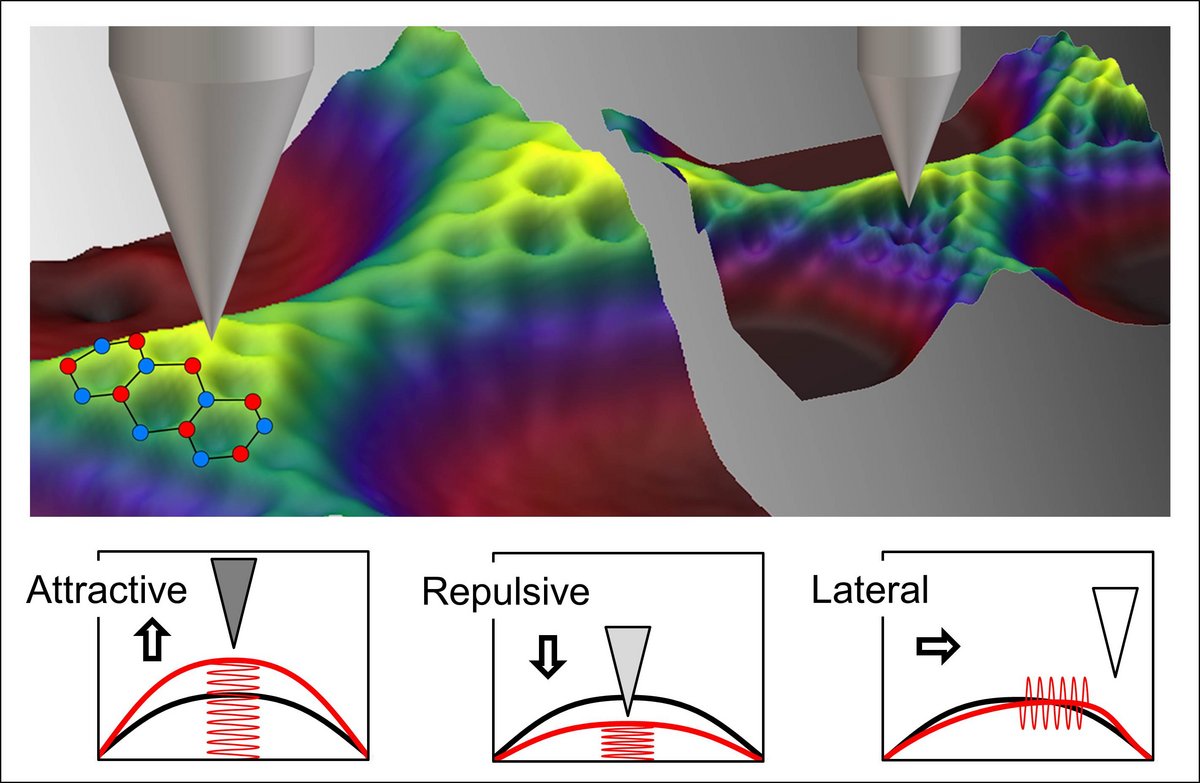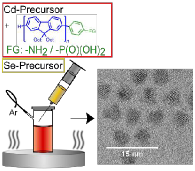Project C02 - Advanced Science: Light-Induced Switching of Tunable Single-Molecule Junctions
A major goal of molecular electronics is the development and implementation of devices such as single-molecular switches. Here, measurements are presented that show the controlled in situ switching of diarylethene molecules from their nonconductive to conductive state in contact to gold nanoelectrodes via controlled light irradiation.
Both the conductance and the quantum yield for switching of these molecules are within a range making the molecules suitable for actual devices. The conductance…
Read more
